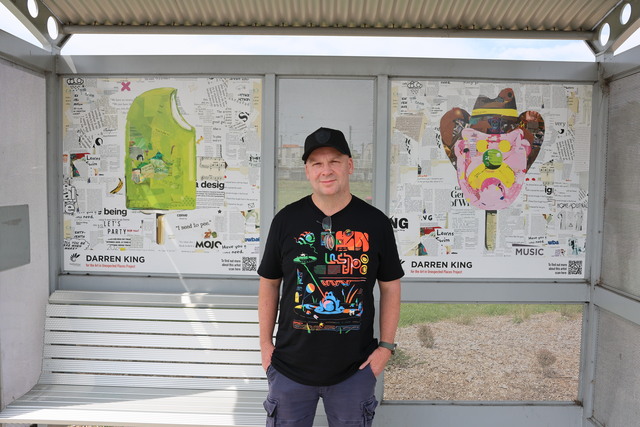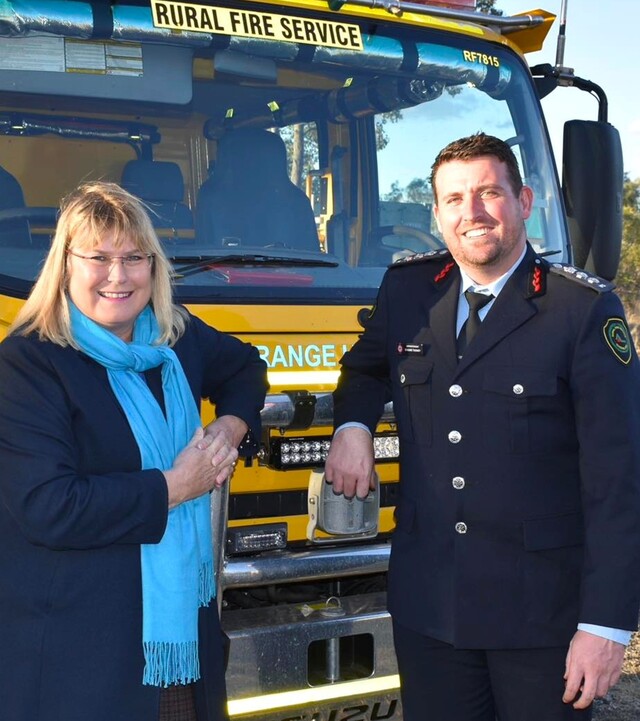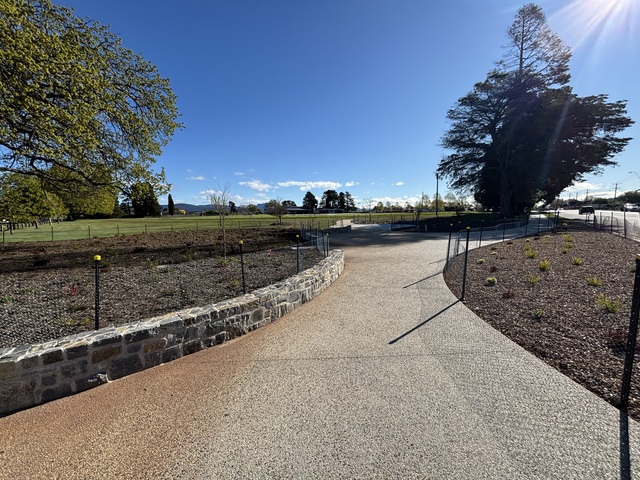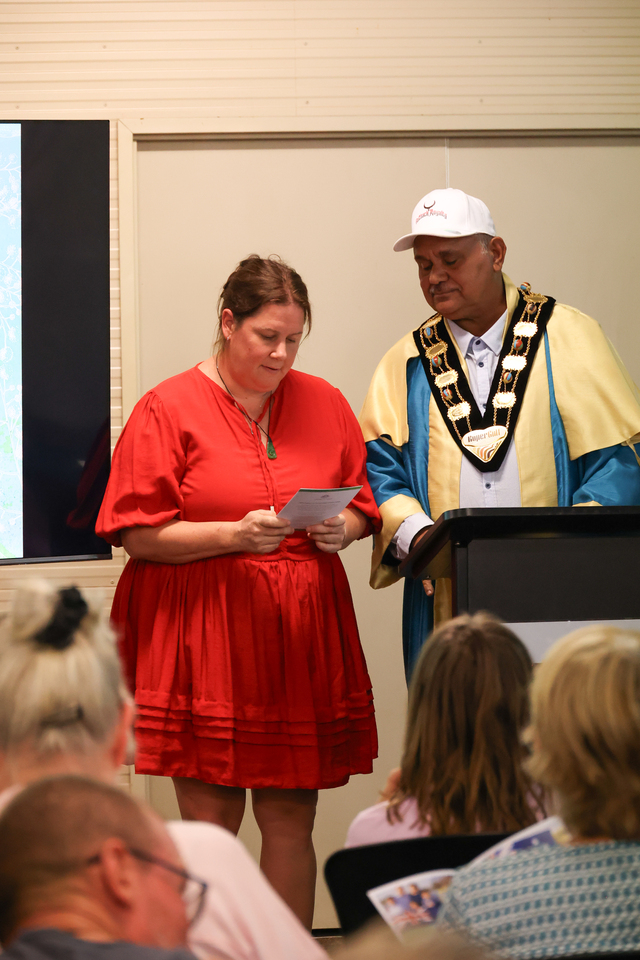For much of the past six months, the state of Queensland has had to wear all manner of assaults from mother nature.
In November last year, more than 200 bushfires raged across 700,000 ha of central and southeast Queensland, prompting the evacuations of hundreds of people and a lot of self-examination by local councils and emergency services about what the State should learn from dealing with a type of natural disaster that rarely hits the state as hard as these blazes did.
Then, in December, came more emergencies as, first, Tropical Cyclone Owen then Tropical Cyclone Penny crossed the north Queensland coast.
And in February, a monsoon trough parked itself over Townsville, creating a one-in-500-year deluge before moving inland and causing unprecedented stock losses in some of Australia’s richest cattle-producing regions. The scenes of perished cattle stacked high in corners of paddocks shocked every Australian.
Throughout all of this, local councils stepped up to their responsibilities of looking after their communities before, during and after disaster has struck.
It is a measure of the strength and goodwill of the local government sector in Queensland that those councils hit by disaster found they could also rely on their colleagues in other parts of the State to come to their aid when the chips were down.
Staff from councils in Brisbane, the Gold Coast, Sunshine Coast, Redlands, Logan, Toowoomba, Moreton Bay, Fraser Coast, Livingstone and Longreach travelled into the flood zone to provide help and support where it was most needed. On behalf of our sphere of government, I thank them all.
The rebuild of the north Queensland economy is already taking shape and, thankfully, the Federal Government has recognised that the impact of these disasters spreads well beyond the farm gate and into the towns and communities that are the lifeblood of these regions.
But it is worth noting that, as I write this, nearly 60 percent of Queensland remains in the grip of a punishing drought that has lasted for many years in some places.
McKinlay Shire was hit hard by the February floods, but that disaster came on top of a drought in the shire that was first declared in April 2013.
As McKinlay Mayor Belinda Murphy said, “It is a whole of community response that is needed. Landholders absolutely need a lot of support which is coming through, but we have to coordinate support to other local businesses in our community – livestock transport operators, road contract businesses are all impacted by drought.
“And, in turn, our small businesses, our newsagents, our grocery shops, our butchers, they all need this support as a whole of government response for our communities.”
Much of that support comes on the ground – from members of the local community and our councils, who are always there when they are needed.
It is that responsiveness and our understanding of our communities which sets councils apart from other spheres of government.








